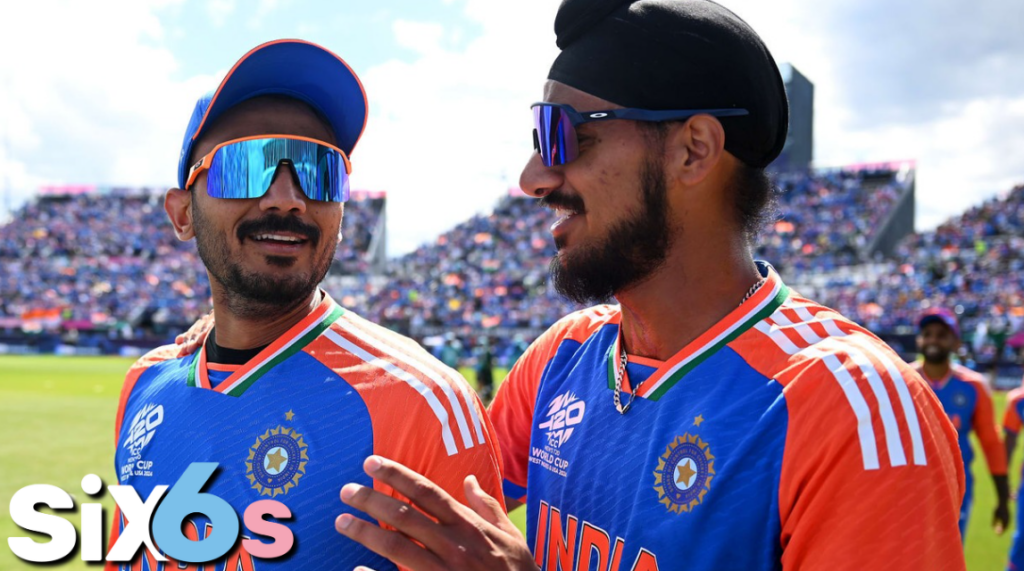The opening matches of the ICC Men’s T20 World Cup 2024 have witnessed a surprising trend – teams, particularly India, are prioritizing pace bowling over their traditionally potent spin attacks. While this strategy has yielded success so far, questions linger about the role of spinners, especially for a team like India renowned for their spin prowess.

The T20 World Cup in New York has begun, and the early matches have thrown up some interesting tactical choices. One of the most notable trends is the preference for pace bowling, even by teams known for their reliance on spin. India, a team boasting world-class spinners like Yuzvendra Chahal and Ravichandran Ashwin, has surprisingly opted for a pace-heavy attack in their opening encounters. This shift in strategy has sparked discussions about the effectiveness of spin bowling in the current tournament conditions and the role spinners might play for India going forward.
New York’s Seaming Surfaces Favor Pace: A Shift in Strategy
The pitches at the New York venues, particularly the Nassau County International Cricket Stadium, have surprised many with their lively pace and bounce. This unexpected characteristic has seemingly tilted the balance in favor of fast bowlers, who can exploit the conditions with swing and seam movement.
Early Success for Pacers: Justifying the Tactical Shift
India’s decision to prioritize pace bowling appears to be a well-considered one based on the early results. In their opening match against Pakistan, Jasprit Bumrah and Mohammed Shami produced a fiery spell, picking up crucial wickets and restricting the Pakistani batsmen. This pace attack continued to impress in the following encounter against USA, with both bowlers showcasing their accuracy and control. The success of the pacers on these surfaces has seemingly validated India’s approach, raising questions about the immediate need for spin.
India’s Spin Riches: A Waiting Game or Change in Approach?
Despite the initial success of the pace attack, India’s decision to sideline their experienced spinners like Chahal and Ashwin has raised eyebrows.
A Potent Weapon Waiting to be Unleashed
India’s spin department boasts some of the world’s best, with Chahal’s ability to take wickets and Ashwin’s experience in controlling the run flow being invaluable assets. While the current pitches seem to favor pace initially, the tournament is long, and conditions can change. Spinners like Chahal and Ashwin can prove to be game-changers on surfaces that offer some turn or grip later in the tournament.
Adaptability is Key: Balancing Pace and Spin for Success
India’s bowling attack, known for its versatility, thrives on the ability to adapt to different conditions. While pace has been the dominant force in the opening matches, the bowling coach Paras Mhambrey has emphasized the importance of remaining flexible. He highlighted that the team will utilize its spinners based on the pitch and opposition, suggesting that Chahal and Ashwin might be called upon later in the tournament.
Conclusion:
The initial matches of the T20 World Cup have showcased the effectiveness of pace bowling on New York’s lively pitches. While India’s decision to prioritize pace has yielded success so far, their potent spin attack remains a valuable weapon waiting to be unleashed. The key for India’s bowling success lies in adaptability – effectively utilizing both pace and spin based on the evolving conditions and opposition. As the tournament progresses, it will be fascinating to see how India balances these two bowling disciplines to navigate their path towards potential World Cup glory.
